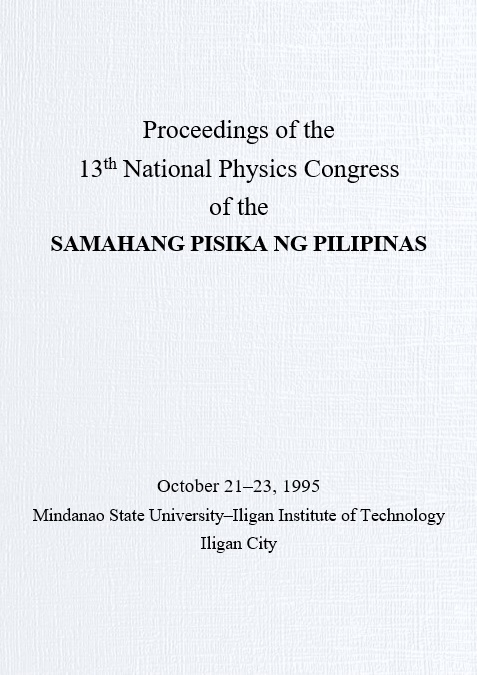Performance characteristics of a sealed-off CO2 laser system
Abstract
Previous designs of CO2 laser systems constructed by the Laser Physics Group were the Transversely Excited Atmospheric (TEA) and the longitudinal, flowing configurations. One method of increasing the output power was to use cascaded amplifiers which was the result of the study of the gain characteristics of an active medium. An optimized single-pass gain of 1.6 was achieved using the oscillator-amplifier system. Potential industrial applications of this low power system was studied by performing low-scale cutting and drilling of non-metallic materials.
The ensuing generation of CO2 laser systems is the Sealed-Off CO2 Laser System. This configuration is particularly useful in low-power industrial materials processing and in some critical medical operations. This paper presents the results of an initial investigation of the performance characteristics of a sealed-off CO2 laser containing an active gain medium of carbon dioxide (CO2), nitrogen (N2) and helium (He) at a constant gas mixture ratio of 1:1:8. The experimental setup consists of a sealed-off CO2 laser tube whose gas inlet was fused to a diffusion-pump vacuum system. The vacuum system is capable of evacuating the laser tube chamber down to 6.6 x 10-6 mbar. The water-cooled laser tube has a discharge length of 31 cm, a minor-to-output-coupler separation of 33 cm and an inner tube diameter of 5 mm.
Downloads
Issue
21-23 October 1995, Mindanao State University–Iligan Institute of Technology, Iligan City











